
Researchers studied how the anti–PD-L1 agent avelumab fit into the recurrent and refractory ovarian cancer treatment landscape.

Your AI-Trained Oncology Knowledge Connection!


Researchers studied how the anti–PD-L1 agent avelumab fit into the recurrent and refractory ovarian cancer treatment landscape.

A large study looked at previously confirmed and newly discovered associations between several genes and breast cancer and ovarian cancer risk.
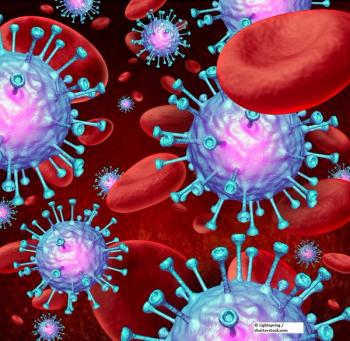
Researchers tested whether the combination of durvalumab and tremelimumab could improve survival over best supportive care in patients with advanced refractory colorectal cancer.

Researchers tested an antigen-specific cancer vaccine known as tecemotide vs placebo in patients with colorectal cancer and liver metastases to see if outcomes would be improved.
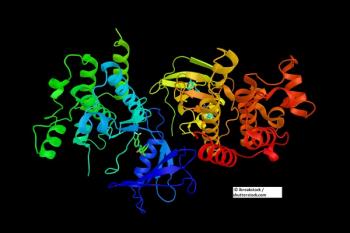
Researchers tested the combination of dabrafenib and trametinib in a phase II trial of patients with biliary tract cancer and BRAF V600E mutations.

An analysis found that tumor response as assessed using modified RECIST criteria is an independent predictor of overall survival in hepatocellular carcinoma patients.
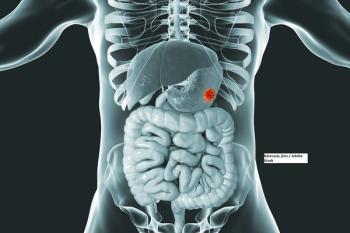
Researchers found that adding andecaliximab to treatment for gastric cancer may benefit older patients.
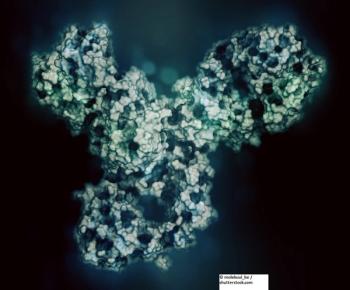
Pembrolizumab showed promise in the second-line setting for patients with metastatic esophageal cancer and high PD-L1 expression.
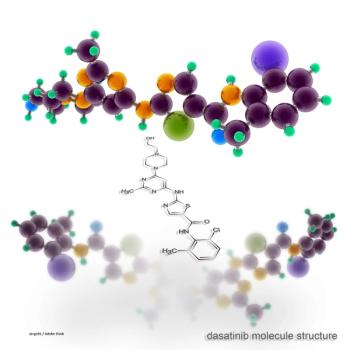
Researchers tested whether combining trastuzumab/paclitaxel with dasatinib would have a high response rate in patients with metastatic HER2+ breast cancer.

The phase III CONVERT trial compared twice-daily vs once-daily concurrent chemoradiotherapy in elderly patients with limited-stage small-cell lung cancer.

The Opti-HER HEART trial examined whether liposomal formulations of chemotherapy agents may reduce cardiac toxicity in HER2+ breast cancer patients.

A surprisingly low percentage of Medicare enrollees who undergo low-dose CT screening for lung cancer participate in a shared decision-making session prior to the screening.

Researchers tested whether the GnRH antagonist degarelix was better at achieving and maintaining ovarian function suppression than the commonly used GnRH agonist triptorelin in premenopausal women with breast cancer.

Data from the Women’s Health Initiative showed that higher levels of body fat were associated with an increased risk of invasive breast cancer, calling into question BMI as an adequate marker for increased risk.

This study was the first in a large, unselected population to assess ovarian mass appearance and the connection to ovarian cancer risk.

In this new study involving a mouse model of ovarian cancer, researchers evaluated the effects of entinostat on adaptive immune responses.
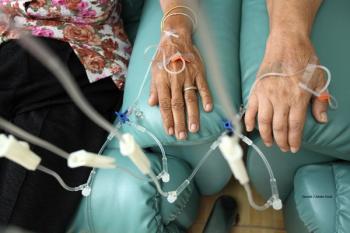
Several factors, including race, insurance, and type of facility, were associated with delays in neoadjuvant chemotherapy treatment for bladder cancer patients.

The long-term results from an analysis of two phase II studies confirmed the role of osimertinib in the treatment of T790M mutation–positive advanced non–small-cell lung cancer.

Researchers found that patients with stage I/II lung cancer have relatively long-term survival when treated with chemoradiotherapy, calling into question the practice of combining these patients with stage III patients.

A new study compared two chemotherapy/radiotherapy approaches with regard to distant metastasis–free survival in bladder cancer.

In looking to improve quality of life, researchers studied whether partial breast irradiation was just as effective as whole breast irradiation.
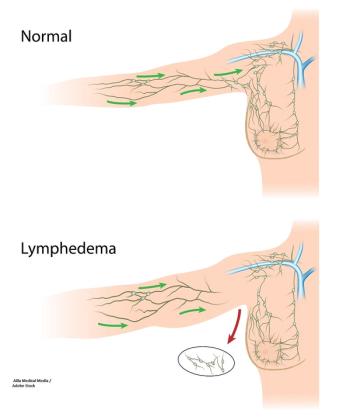
The AMAROS trial tested RT to the axillary lymph node against ALND to see if some of the morbidity associated with surgery for breast cancer could be avoided.

Unilateral or bilateral mastectomy can have a significant effect on quality of life when compared with breast-conserving surgery in young breast cancer survivors.
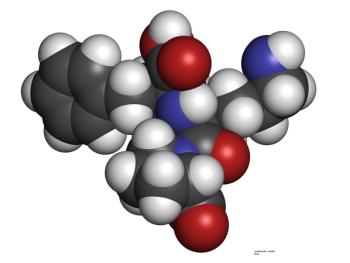
In patients with HER2-positive breast cancer treated with anthracyclines plus trastuzumab, can adding lisinopril or carvedilol reduce the risk of cardiotoxicity?

A study of a lifestyle intervention looked for improvement in disease-free or overall survival in early breast cancer patients.

Among patients with small-bowel neuroendocrine tumors, accurate lymph node staging may require the examination of at least eight lymph nodes.

The TAM01 trial looked at whether a 5-mg/day dose of tamoxifen was effective in patients with breast intraepithelial neoplasia, or if the 20-mg/day dose was still the best option.
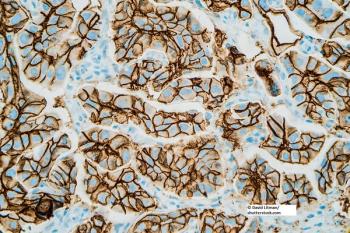
A comparison of chemotherapy regimens plus anti-HER2 therapy in the neoadjuvant setting tested whether the addition of anthracyclines is necessary for patients with HER2-positive breast cancer.

An analysis of more than 70,000 patients revealed significant differences with regard to survival between different sites of origin for neuroendocrine tumors.
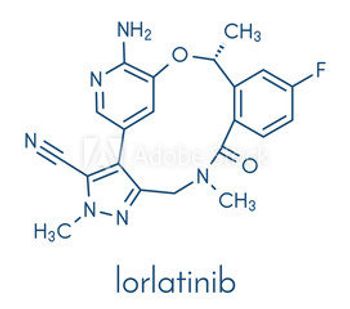
In this phase II trial, researchers tested the efficacy of lorlatinib in six expansion cohorts of NSCLC patients based on ALK mutation status and prior treatment.